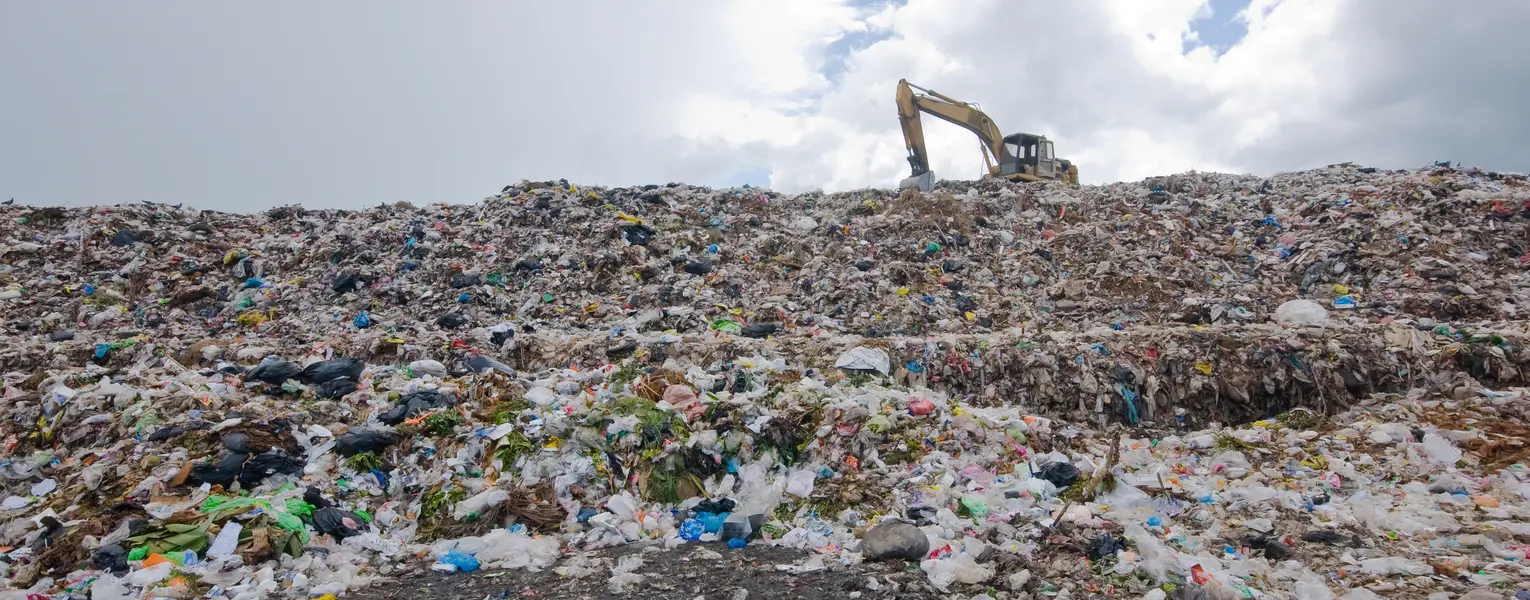Contamination from inorganic elements is prevalent in today’s environment. The useful properties of metals make them desirable for many industrial and domestic applications. Because of the toxicity of some of these elements, environmental monitoring is important to public health. With the use of atomic emission and absorption spectroscopy, atomic emission mass spectrometry, ion chromatography, and spectrophotometry, we can quantify any inorganic element in any matrix at virtually any detection limit. We have experience in assessing large amounts of data that meet environmental needs and also provide a complete service to the client. Quality control is a part of every analytical system to provide reliable and defensible results.
We offer major and minor elemental analysis to determine the purity of a product or possible contaminants for soil, air, rock and other geological materials. We perform purity determinations on chemicals and chemical products, plastics, ceramics and silicones and can provide a full profile of alloys, metallics and semimetallics. Our analytical capabilities can determine the extent of inorganic contamination in fish tissue, saltwater, groundwater, biota and air samples. Detection of ultra-low-level contamination of elements in ultra-clean water and reagents used in the semiconductor industry can be assessed. We perform leachability studies on soil and water supplies that may determine the extent of contamination in the surrounding environment as well as toxicity leaching (Environmental Protection Agency method) of solid waste to ensure landfills adhere to federal regulations. We have developed studies to determine the in situ guidelines for biodegradability, as well as determining the degradation products. We can monitor drinking water supplies to maintain acceptable federal guideline limits for the safety of public health.

